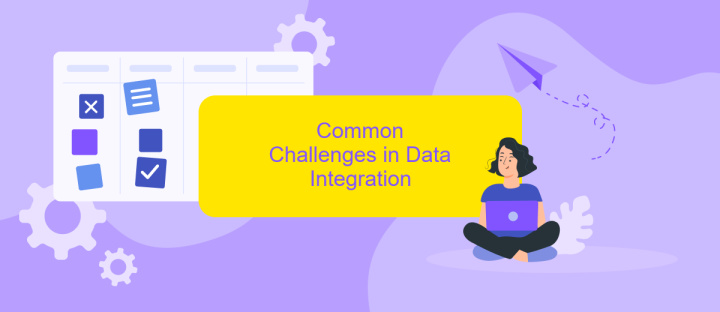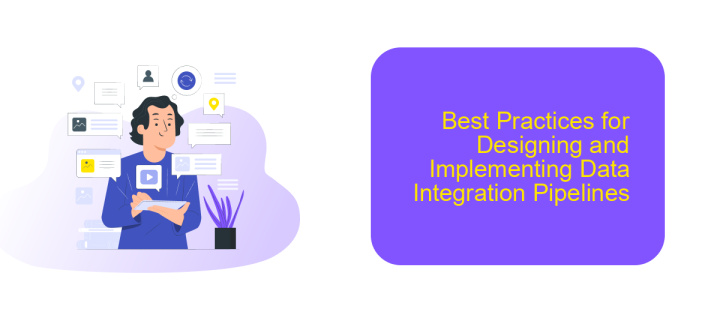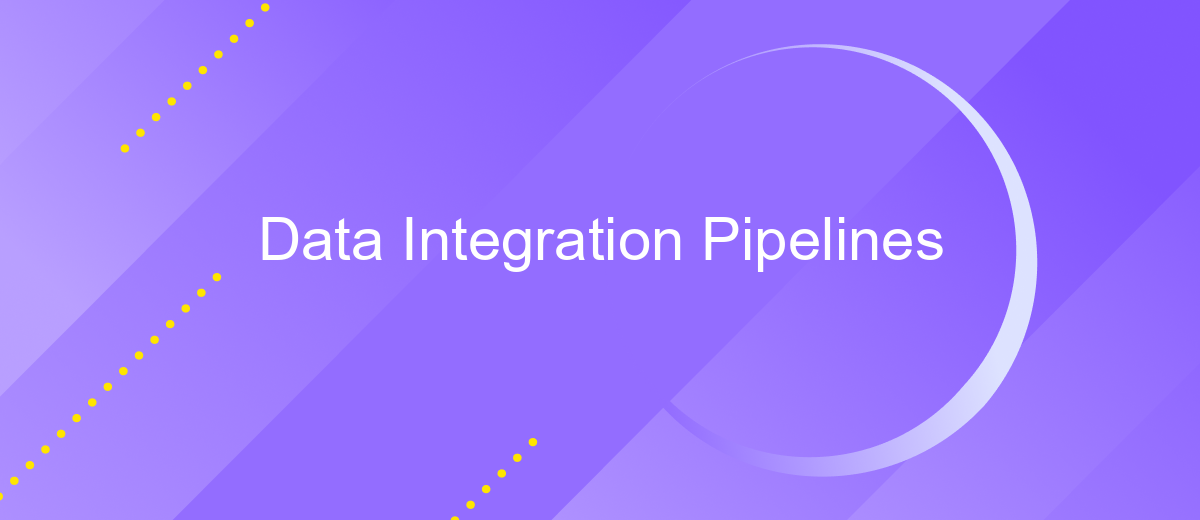Data Integration Pipelines
In today's data-driven world, seamless data integration is paramount for businesses to harness the full potential of their information. Data integration pipelines play a critical role in consolidating disparate data sources into cohesive, actionable insights. This article explores the fundamentals of data integration pipelines, their key components, and best practices for building efficient and scalable solutions to meet diverse business needs.
Introduction to Data Integration Pipelines
Data integration pipelines are essential for modern businesses to consolidate information from various sources into a unified system. These pipelines facilitate the seamless flow of data, ensuring that information is accurate, accessible, and actionable. Implementing an efficient data integration pipeline can significantly enhance decision-making processes, streamline operations, and improve overall business intelligence.
- Data Extraction: Gathering data from various sources such as databases, APIs, and flat files.
- Data Transformation: Converting data into a usable format through cleaning, normalization, and enrichment.
- Data Loading: Inserting transformed data into a target system, such as a data warehouse or analytics platform.
Services like ApiX-Drive simplify the setup and management of data integration pipelines by providing user-friendly interfaces and automation features. With ApiX-Drive, businesses can easily connect disparate data sources, automate data flows, and monitor pipeline performance in real-time. This not only reduces the need for extensive coding but also ensures that data integration processes are both scalable and reliable.
Building Blocks of Data Integration Pipelines

Data integration pipelines consist of several key building blocks that ensure seamless data flow across various systems. The first building block is data extraction, where data is collected from multiple sources such as databases, APIs, and flat files. This is followed by data transformation, which involves cleaning, normalizing, and enriching the data to ensure it meets the required format and quality standards. Tools like ApiX-Drive can be instrumental in this phase, as they offer automated workflows to connect and transform data from different sources effortlessly.
Next is the data loading phase, where the transformed data is loaded into a target system, such as a data warehouse or data lake. This is often followed by data validation to ensure that the data has been accurately transferred and is ready for analysis. Monitoring and logging are also essential components, providing real-time insights and alerts to identify and resolve any issues promptly. Finally, data integration pipelines often include data governance policies to ensure data security, compliance, and quality over time.
Common Challenges in Data Integration

Data integration is a critical aspect of modern data management, but it comes with its own set of challenges. Organizations often face difficulties in ensuring seamless data flow between disparate systems.
- Data Quality: Inconsistent, incomplete, or inaccurate data can lead to poor integration outcomes.
- Scalability: As data volumes grow, maintaining performance and reliability becomes increasingly complex.
- Security: Protecting sensitive information during integration processes is paramount.
- Compatibility: Different data formats and standards can hinder smooth integration.
- Latency: Real-time data integration often requires low-latency solutions to keep up with fast-paced environments.
Tools like ApiX-Drive can help mitigate some of these challenges by providing automated workflows and seamless connections between various applications. Leveraging such platforms can enhance data quality, ensure scalability, and maintain security, making the integration process more efficient and reliable.
Best Practices for Designing and Implementing Data Integration Pipelines

Designing and implementing effective data integration pipelines is crucial for ensuring seamless data flow across various systems. To achieve this, it is essential to follow best practices that enhance performance, reliability, and scalability. Start by clearly defining your data integration goals and requirements, which will guide the entire process.
Next, choose the right tools and technologies that align with your specific needs. For instance, services like ApiX-Drive can simplify the integration process by providing a user-friendly platform for connecting different applications and automating data transfers. Ensure that the selected tools support the necessary data formats and protocols.
- Implement robust error handling and logging mechanisms to quickly identify and resolve issues.
- Ensure data quality by validating and cleansing data before it enters the pipeline.
- Optimize performance by scheduling data transfers during off-peak hours and using efficient data processing techniques.
- Regularly monitor and maintain the pipeline to adapt to changing data requirements and system updates.
By adhering to these best practices, you can create data integration pipelines that are not only efficient but also resilient and adaptable to future needs. Leveraging tools like ApiX-Drive can further streamline the process, allowing your team to focus on deriving insights from integrated data rather than managing complex integrations.
- Automate the work of an online store or landing
- Empower through integration
- Don't spend money on programmers and integrators
- Save time by automating routine tasks
Future Trends in Data Integration Pipelines
As we look to the future of data integration pipelines, several key trends are emerging that promise to transform how organizations handle data. One significant trend is the increasing adoption of AI and machine learning to automate and optimize data workflows. These technologies can predict and resolve data integration issues in real-time, enhancing efficiency and reducing the need for manual intervention. Additionally, the rise of cloud-native integration platforms is enabling more scalable and flexible data pipelines, allowing businesses to quickly adapt to changing data environments.
Another notable trend is the growing importance of low-code and no-code integration solutions, which empower non-technical users to create and manage data pipelines with ease. Services like ApiX-Drive are at the forefront of this movement, offering intuitive interfaces and pre-built connectors that simplify the integration process. This democratization of data integration tools is enabling a broader range of users to participate in data-driven decision-making, ultimately fostering a more agile and responsive business landscape.
FAQ
What is a Data Integration Pipeline?
Why are Data Integration Pipelines important?
How can I automate my Data Integration Pipeline?
What are the common challenges in Data Integration?
How can I set up a Data Integration Pipeline without extensive coding knowledge?
Apix-Drive is a simple and efficient system connector that will help you automate routine tasks and optimize business processes. You can save time and money, direct these resources to more important purposes. Test ApiX-Drive and make sure that this tool will relieve your employees and after 5 minutes of settings your business will start working faster.


